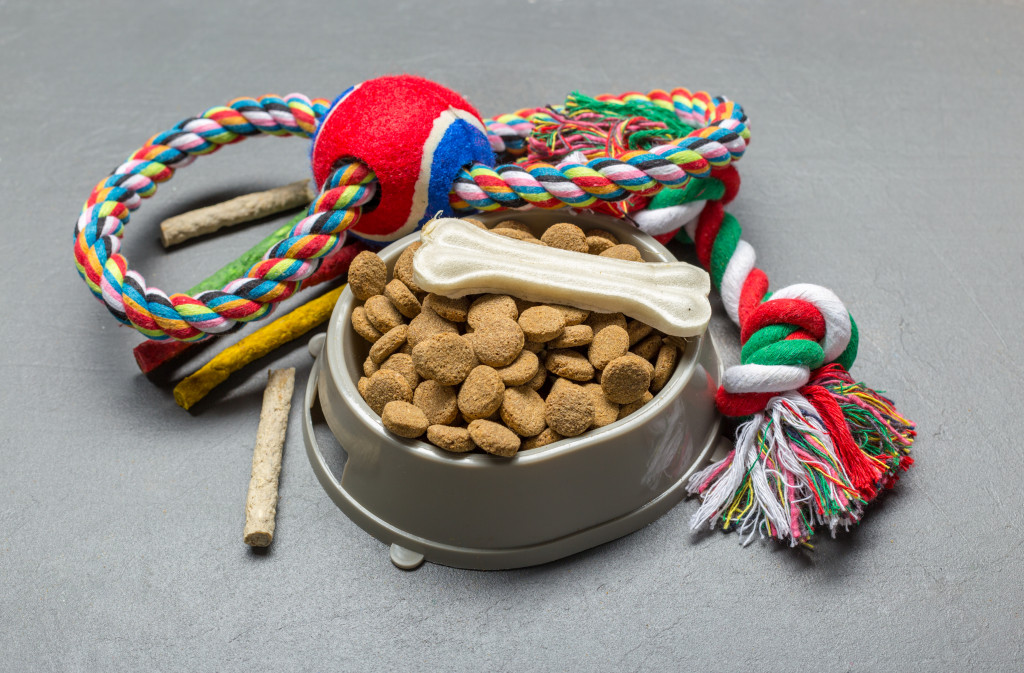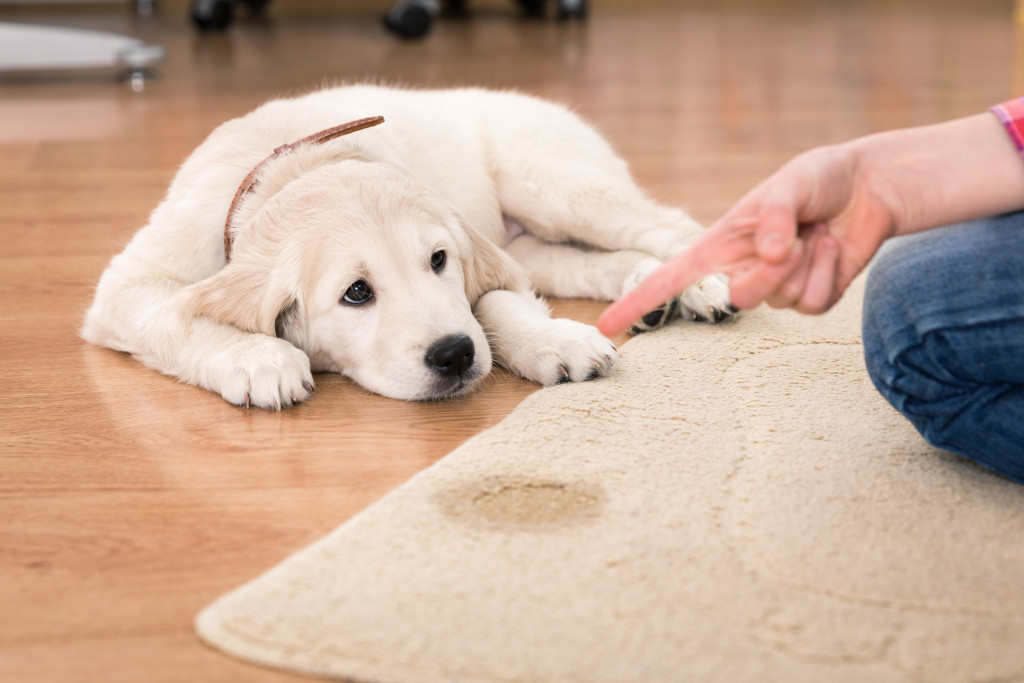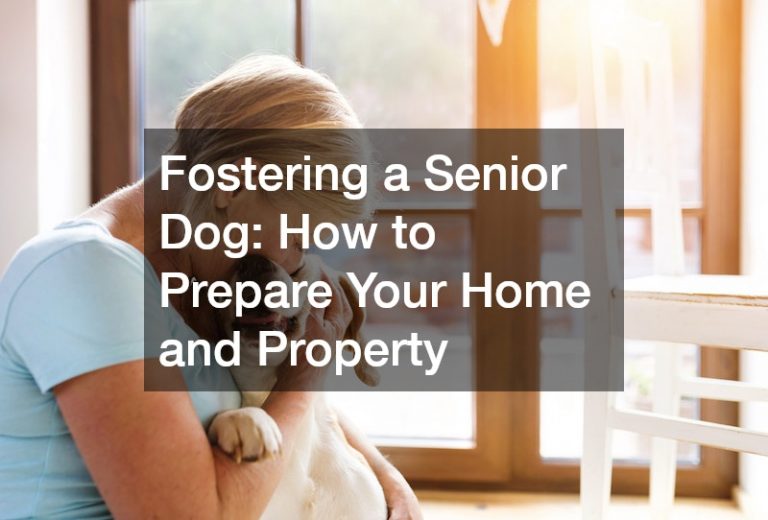• Make necessary repairs and check for hazards around the home, such as stairs, windows, electrical cords, and roofing.
• Research pet-friendly products such as food, toys, bedding, grooming tools, and litter boxes or cages.
• Designate a specific area in the home for your pet with comfortable furniture or toys.
• Hire a professional trainer or enroll in classes to train your pet so they know what is expected of them.
Bringing home a new pet can be an exciting and rewarding experience. To ensure your home is safe for your furry friend, you should plan ahead. From researching pet-friendly products to setting up designated play areas and escape routes, there are plenty of ways to create a pet-friendly environment at home. Read on to learn more.
1. Make Repairs Around the Home
You want to ensure your home is safe and secure for your pet. Make repairs to keep your pet from getting stuck, hurt, or injured. Make sure to look into the following:
a. Stairs and railings
Make sure that all stairs and railings are secured properly. You should also consider providing a barrier or ramp for your pet. Many pets can be unsteady on stairs, so this is especially important if you have a set of stairs.
b. Doors and windows
Check the doors and windows around your home to ensure they close tightly. This will help keep your pet from accidentally opening them or wandering out. If you have a patio or balcony, ensure it is secure and pet-proofed.
c. Electrical cords
Look for any exposed electrical cords and cover them with a cord protector. This will help prevent your pet from chewing through the cords, which can be very dangerous. You can also use small boxes or plastic containers to store your cords and keep them out of reach.
d. Roofing and vents
Ensure all roofing is in good condition and all vents are appropriately covered. Roof damage can cause accidents, so you should work with a professional roofing company to inspect your roof and address any issues. They can also help you pet-proof your vents to keep your pet from getting into dangerous areas.

2. Research Pet-Friendly Products
Before bringing home your pet, you should research pet-friendly products. This includes food, toys, bedding, grooming tools, and litter boxes or cages. Make sure that any items you purchase are designed specifically for pets and made with non-toxic materials. Additionally, research pet safety items such as harnesses, leashes, gates, and carriers to keep them safe when you’re away from home.
If you plan to get a pet but don’t know what products to purchase, you can always ask your veterinarian or local pet store for advice. They’ll be able to direct you in the right direction and give you a better idea of which products are best for your specific pet. Some pet stores also have specialists who can help you find the right items for your pet.
3. Creating Pet Areas
Designate specific spaces for your pet in your home where they can relax or play safely. For example, if you have cats, provide scratching posts so they won’t scratch furniture. If you have dogs, set up an area with toys and beds so they can have their own space to retreat during downtime. You should also try other steps, such as:
a. Setting up a litter box
This is especially important if you have cats. Set up the litter box in a place that’s easily accessible and away from high-traffic areas. This will help them feel comfortable and safe when using it.
b. Block off escape routes
Your pet will likely try to explore the house, so block off any areas that could be hazardous or dangerous. You should also consider setting up baby gates or other barriers to keep them safe.
c. Place food and water bowls in pet-friendly areas
It’s important to have easily accessible places for your pet to get food and water. Place their food and water bowls where they can easily access them.

4. Train Your Pet
It’s essential to train your pet, so they know what is expected of them. This will help them adjust to their new home and environment more easily. Be patient and consistent when training your pet, as it can take time for them to learn the rules. Additionally, provide plenty of praise and rewards when they do something correctly.
You can either train your pet yourself or hire a professional trainer. You can also look into different classes and training programs to see which is best for you and your pet. This will also help you maintain your home and keep your pet safe.
Bringing a new pet into your home is a fantastic experience – but it’s essential to ensure that it’s a safe environment for them too! With careful planning beforehand involving researching products, training your pet, and setting up designated areas and escape routes within your home, you can give yourself peace of mind knowing that your furry friend will be happy and secure in their new environment!





